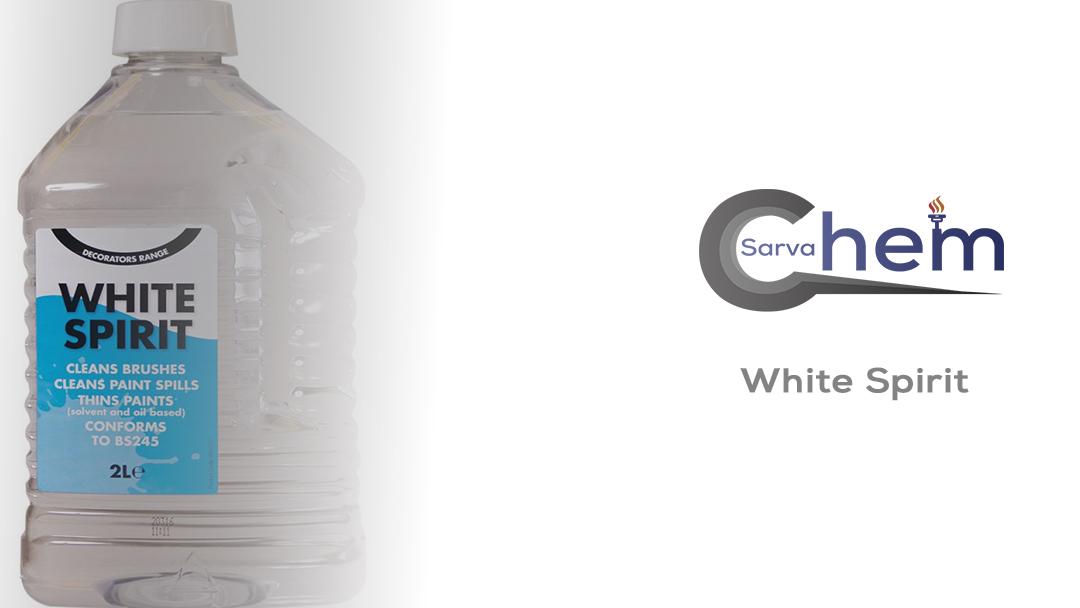Urea, also known as carbamide, is a safe, useful compound with a significant history. It is a naturally occurring molecule that is produced by protein metabolism and found abundantly in mammalian urine.
In 1828, the German chemist Friedrich Wöhler1, then at the Polytechnic School (now Technical University) of Berlin, published a seminal article in which he demonstrated that a biomolecule, urea, can be synthesized from a nonbiological starting material. Wöhler prepared the inorganic compound ammonium cyanate in the lab, then heated it, causing it to isomerize to urea. Now known as the “Wöhler synthesis”, the reaction helped to disprove the concept of vitalism, which held that “organic” molecules can be made only by living organisms.2
In a reaction similar to the Wöhler synthesis, ammonium carbamate can be converted to urea and water. This is the basis of the process that has been used to produce urea industrially for almost a century. Ammonia and carbon dioxide (CO2) react exothermically to produce the carbamate salt, which is then heated to form urea. The heat produced in the first reaction drives the second. Typically, ammonia and urea are manufactured in the same plant so that some of the carbon dioxide byproduct from ammonia production can be used to make urea.
Global urea production capacity is ≈220 million t/year. Why is urea produced in such large quantities? The answer is that, other than ammonia, urea has the highest nitrogen content of all industrial chemicals and is in high demand as a fertilizer. In the soil, it decomposes back to ammonia (actually ammonium ion) and carbon dioxide. Nitrogen-fixing bacteria oxidize ammonium to nitrate, which is readily taken up by the roots of crops. In addition to its high nitrogen content, urea is particularly useful because it can be applied as a solid in pellet form; and its unusually high solubility in water allows it to be incorporated into solutions with other plant nutrients.
More than 90% of urea production goes into agriculture. The remaining ≈20 million t made annually goes into animal feed (cattle, among others, can convert it into protein), urea–formaldehyde resins, emollients for skin care, and barbituric acid manufacture. Urea’s strongly negative heat of solution in water is the basis of instant-cold packs, in which plastic pouches contain urea and water in separate compartments. When the seal between them is broken, intermixing produces short-term cooling for aching joints and muscles.
There’s always room for improvement. In a 2018 article, British scientific writer David Bradley described ways in which urea might be used more efficiently in agriculture. And last year, in what might be termed a “urea revolution”, Shuangyin Wang and colleagues at Hunan University (Changsha, China) and other institutions described an electrochemical route to urea.
Although urea is used widely in agriculture, current urea production is decidedly not “green”. Ammonia and urea production consume >2% of the world’s energy and emit more CO2 than any other industrial process. Wang’s group developed an electrochemical method that skips ammonia and directly converts nitrogen gas, CO2, and water to urea at ambient temperature and pressure. The synthetic route is complex, and the process is not yet efficient or sufficiently productive, but the objective is certainly well worth striving toward.
- Wöhler was truly a pioneering chemist. In addition to his urea synthesis, he isolated the elements beryllium and yttrium in pure form, synthesized several then-unknown inorganic compounds, and introduced the concept of organic functional groups
- After his discovery, Wöhler wrote, “I can no longer hold my chemical water. I must tell you that I can make urea without the use of kidneys of any animal, be it man or dog.”
Organic compound of carbon, nitrogen, oxygen and hydrogen highly soluble in water.
In mammals, urea is also a waste product of digested protein normally filtered out by the kidneys and excreted from the body in urine.
The main commercial use of urea is as a fertilizer but it has many other industrial uses. For instance, it can serve as the raw material for the manufacture of other chemicals, and as an ingredient in cosmetics.
Published April 2020
Urea is the most popular form of solid nitrogen fertilizer, particularly in the developing regions of the world, and is traded widely on the international market. Urea prices can fluctuate markedly and frequently, depending on crop prices, which affect demand. Around 80–85% of the production is used as a fertilizer. More than 40% of all food grown in the world is fertilized by urea.
Urea is also used increasingly in the industrial sector to make urea-formaldehyde resins, melamine, diesel exhaust fluids (DEF), and livestock feeds. It is also used to make adhesives and paints, laminates, molding compounds, paper, and textiles.
Growth in the consumption of urea is driven, in part, by the increasing global population, available disposable income, and dietary changes. In addition, although arable land has been increasing, the amount of arable land per capita has been decreasing as a result of the increases in population. As a result, more fertilizer will be needed to meet the growing need for food.
Demand originating from the nonfertilizer sector is seen to have a growing potential for urea, mostly in deNOx applications in North America, Europe, and East Asia. Use in environmental applications is significant and growing rapidly for both mobile and stationary nitrous oxide (NOx) reduction, which is being mandated by legislation. Urea is used as a diesel exhaust fluid as one of the key elements of the selective catalytic reduction (SCR) process to reduce nitrous oxides from heavy-duty diesel engines.
Fertilizer applications accounted for a majority of all urea consumption in 2019. Industrial applications accounted for the remainder, led by production of urea-formaldehyde resins and melamine, livestock (animal) feed, and environmental and other applications.
Urea is a hygroscopic molecule (capable of absorbing water) present in the epidermis as a component of the natural moisturizing factor (NMF) and is essential for the adequate hydration and integrity of the stratum corneum. Urea improves skin barrier function including antimicrobial defense by regulating gene expression in keratinocytes relevant for their differentiation and antimicrobial peptide production. It also plays a fundamental role in regulating keratinocyte proliferation. One of the first uses of urea in modern medicine was the topical treatment of wounds due to its proteolytic and antibacterial properties. At present, urea is widely used in dermatology to improve skin barrier function and as one of the most common moisturizers and keratolytic agents. Urea-containing formulations are available in diverse formulations and concentrations. Multiple clinical trials on the use of urea-containing formulations have shown significant clinical improvement in many of the dermatosis presenting with scaly and dry skin such as atopic dermatitis, ichthyosis, xerosis, seborrheic dermatitis and psoriasis, among others. Furthermore, urea can increase skin penetration and optimize the action of topical drugs. Urea-based products are well tolerated; their side effects are mild and are more frequent at high concentration. Here, we present a review of the use of urea in dermatology, discussing its mechanism of action, safety profile and frequent indications.




